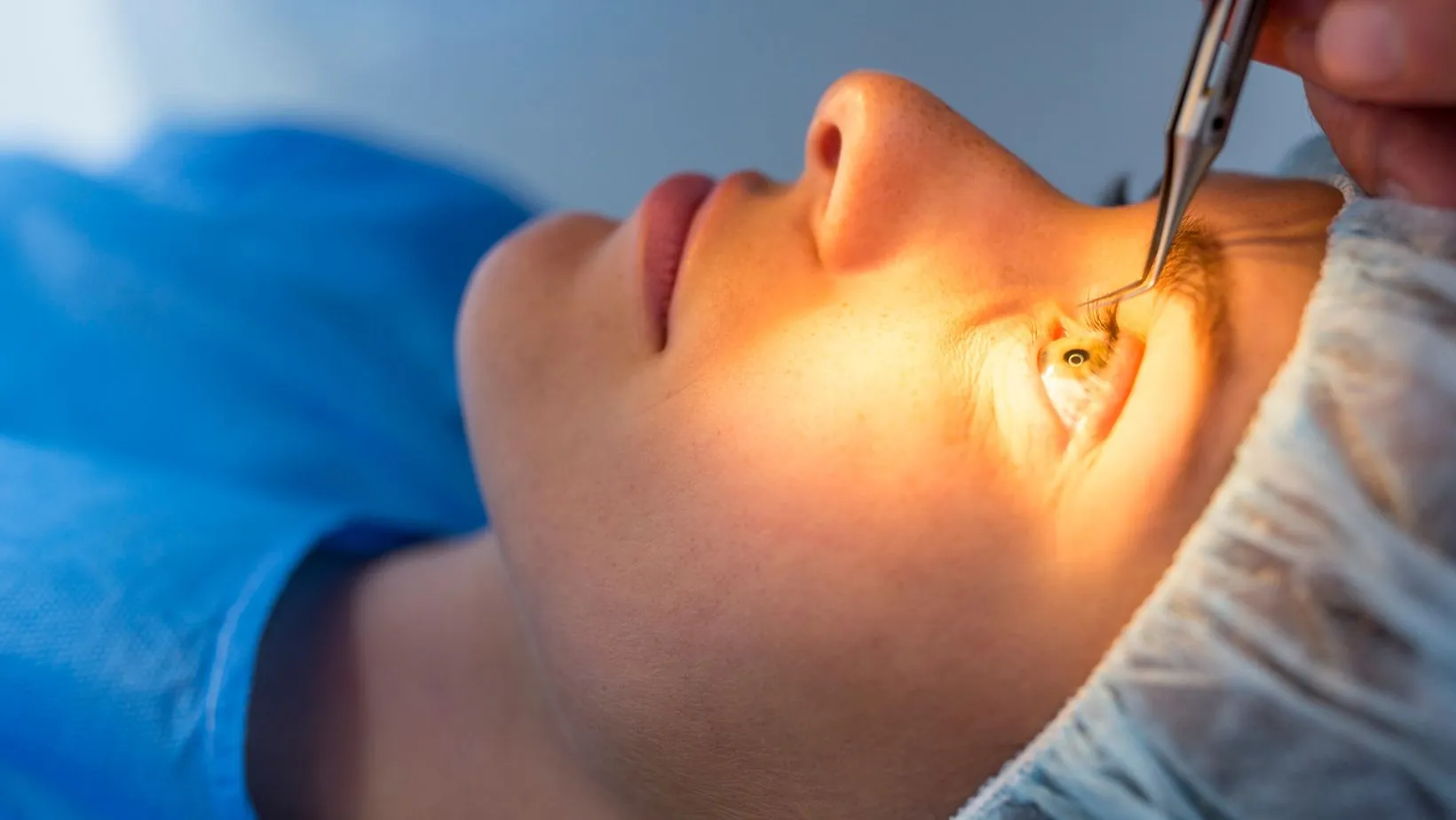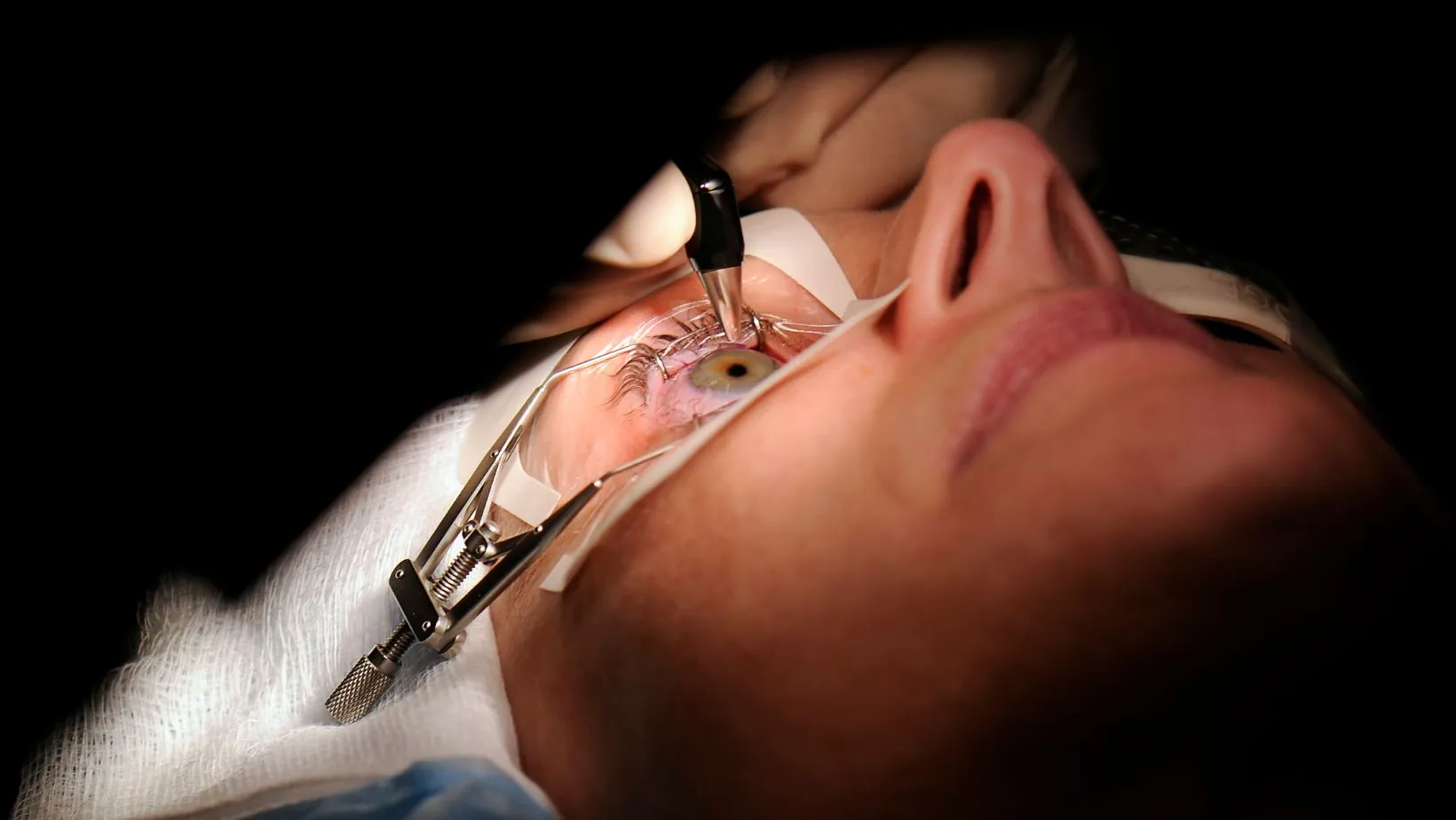For anyone who has spent years fumbling for glasses on the nightstand or battling the discomfort of dry contact lenses, laser eye surgery offers a tempting promise: clear vision without the daily hassle. But while the procedure itself is quick, the road to recovery and the reality of life after surgery involve more than just waking up with perfect sight. Here’s an unfiltered look at what to expect before, during, and after laser eye surgery. Whether you’re considering laser eye surgery in Houston or simply exploring your options, understanding the process and its implications can help you make an informed decision about this life-changing procedure.
The Build-Up: Preparing for Surgery
Booking a consultation is the first step. Not everyone is eligible, and your eye health, prescription stability, and corneal thickness determine whether you qualify. Expect a thorough eye exam, including measurements of your cornea and pupil size. If you’re approved, your doctor will lay out your options—LASIK, PRK, or SMILE—each with its own recovery timeline and benefits.
For contact lens wearers, the preparation starts early. You’ll need to switch to glasses for at least a week, sometimes longer, to allow your corneas to return to their natural shape. Makeup, lotions, and perfumes are also off-limits the day before surgery to minimize infection risks.
The Big Day: What Happens During the Procedure
Arriving at the clinic, you’ll check in, sign paperwork, and receive numbing drops. Some clinics also offer a mild sedative to keep nerves in check. Unlike traditional surgeries, there’s no anesthesia—just local numbing to ensure comfort.
The procedure itself is surprisingly fast. For LASIK, the surgeon first creates a thin flap on the cornea using a laser.

This flap is lifted, and another laser reshapes the underlying tissue to correct vision. The flap is then repositioned, and the eye begins healing immediately. PRK, an alternative for those with thinner corneas, skips the flap but involves a longer recovery period.
The most unsettling moment? The few seconds of complete darkness when the laser is at work. Though the doctor warns about it, it can still feel strange. A faint burning smell is also normal—it’s just the laser reshaping the cornea.
The First 24 Hours: A Blur of Sensations
Once the surgery is complete, the real work begins—recovery. Most patients are advised to keep their eyes closed as much as possible for the first few hours. Expect some discomfort, often described as a gritty or burning sensation. Light sensitivity is extreme at first, making sunglasses essential.
Vision is typically hazy for the rest of the day. By the next morning, however, most people notice a dramatic improvement. Seeing the alarm clock without squinting? A small but exhilarating victory.
The Recovery Timeline: Weeks to Months of Healing
The first week requires diligence with eye drops—antibiotic and anti-inflammatory—to prevent infection and control inflammation. Artificial tears become a constant companion to combat dryness, a common side effect that can last for months.
For those who opted for LASIK, most normal activities can resume within days, but rubbing the eyes is strictly forbidden. PRK patients, on the other hand, face a slower recovery, often needing a week or more before their vision stabilizes.

Nighttime halos and glare around lights are common in the early weeks. While these typically fade, some patients report lingering effects for months.
The Long-Term Outlook: Is It Worth It?
By the one-month mark, vision is typically stable, and most side effects have diminished. The convenience of waking up with clear sight outweighs the temporary discomfort for the vast majority of patients.
That said, laser eye surgery isn’t a permanent fix for everyone. Some people experience minor prescription changes over time, while others may need an enhancement procedure years later. Reading glasses in middle age? It is still a possibility, as laser surgery doesn’t prevent the natural aging of the eyes.
Final Thoughts
For those tired of the endless cycle of glasses and contacts, laser eye surgery offers freedom. The process requires patience, but the payoff—clear vision without daily corrections—is often life-changing. Understanding what to expect makes the journey smoother, ensuring that the dream of perfect vision aligns with reality.



